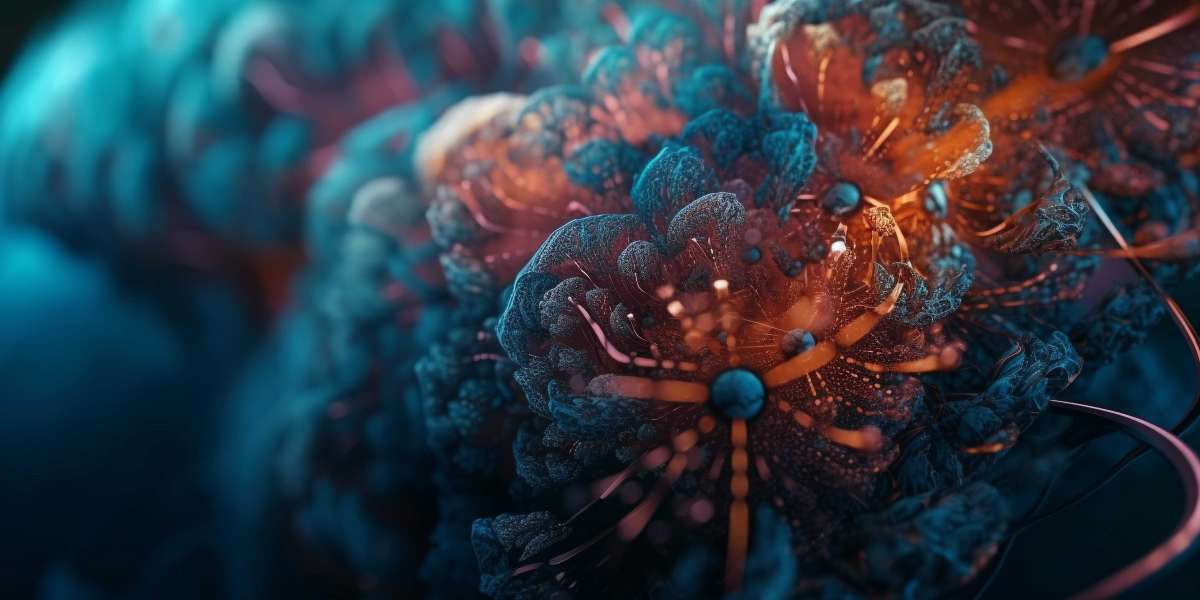Breast cancer remains one of the most prevalent and challenging oncological conditions globally. Within the spectrum of breast cancer subtypes, HR+/HER2- (Hormone Receptor Positive/Her2 Negative) stands out due to its distinct biological characteristics and treatment strategies. This subtype, characterized by estrogen or progesterone receptor positivity and HER2 negativity, demands a tailored approach to achieve optimal outcomes.
Understanding HR+/HER2- Breast Cancer
HR+/HER2- breast cancer is defined by the presence of hormone receptors (estrogen and/or progesterone) and the absence of HER2 overexpression. This profile accounts for a significant proportion of breast cancer cases and influences treatment decisions and prognosis. Patients with HR+/HER2- tumors generally exhibit a more indolent disease course compared to their HER2-positive counterparts, but the treatment journey remains complex and multifaceted.
Advances in Treatment Strategies
Recent advancements in the treatment of HR+/HER2- breast cancer have focused on both enhancing hormonal therapies and integrating novel targeted approaches. The primary treatment for this subtype involves endocrine therapies, which include selective estrogen receptor modulators (SERMs) like tamoxifen, aromatase inhibitors (AIs), and selective estrogen receptor degraders (SERDs). These therapies aim to block hormone receptor activity or reduce estrogen levels, thereby slowing tumor growth.
A significant breakthrough has been the development of CDK4/6 inhibitors, such as palbociclib, ribociclib, and abemaciclib. These agents have shown substantial efficacy in combination with hormonal therapies, improving progression-free survival and overall outcomes. Their role in extending the effectiveness of endocrine therapy has been a game-changer for HR+/HER2- breast cancer management.
In addition to hormonal and targeted therapies, ongoing research is exploring the benefits of combination therapies and sequencing strategies. For instance, the integration of mTOR inhibitors and PI3K inhibitors into treatment regimens has shown promise in overcoming resistance to traditional hormonal therapies.
Current Market Landscape
The HER2 Breast Cancer Market, while primarily focused on HER2-positive cases, has seen some spillover impact on the HR+/HER2- market due to shared therapeutic advancements and research. The development of targeted therapies and novel drug classes for HER2-positive breast cancer indirectly benefits HR+/HER2- patients by advancing the overall understanding and treatment modalities of breast cancer.
Global Strategies and Future Directions
Globally, strategies to address HR+/HER2- breast cancer are evolving with a focus on personalized medicine. Countries are increasingly adopting precision oncology approaches, tailoring treatments based on individual genetic and molecular profiles. Collaborative international research efforts are crucial for driving innovations and improving access to cutting-edge therapies.
Future directions in HR+/HER2- breast cancer treatment include exploring new biomarkers for predicting response to therapies, developing more effective combination therapies, and enhancing strategies to tackle drug resistance. Additionally, advancements in immunotherapy and novel targeted agents hold the potential to further revolutionize treatment paradigms.
In conclusion, HR+/HER2- breast cancer continues to be a focal point of research and clinical advancement. The integration of new therapies and the refinement of existing treatment strategies are pivotal in improving patient outcomes and advancing the overall management of this subtype. As research progresses and new therapies emerge, the global approach to HR+/HER2- breast cancer will undoubtedly become more nuanced and effective.
Trending Reports








